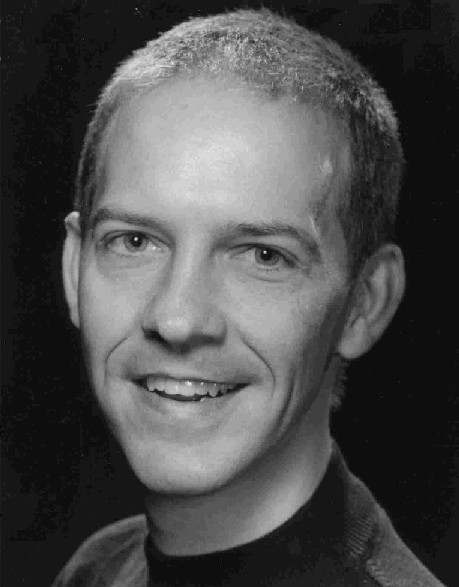 "Once" at Jacobs Theatre, March 8, 14 and 28, 2012
"Once" at Jacobs Theatre, March 8, 14 and 28, 2012(Photos: Joan Marcus)
It's been a couple of years since I've seen a show multiple times. The last was Lincoln Center's sweeping revival of South Pacific, which I saw once in previews, once mid-run, and the closing performance. The beauty and romance of that show is very different from Once, based on the 2006 movie of the same title.
After a successful run off-Broadway at New York Theatre Workshop, Once has moved uptown for what I hope will be a lengthy run. It brings its own sense of romance, intimate and touching, while hunkered down in a Dublin pub. Each of its characters are searching for his or her respective place in the world.
Leading the quest are the generically, yet conspicuously named Guy (Steve Kazee) and Girl (Cristin Milioti). He, a vaccuum repairman and frustrated musician, is foundering after having his heart broken by a recently emigrated girlfriend; she, by an estranged husband who has returned to their native Czech Republic. She encounters Guy at the pub and is immediately drawn to him, sensing his despair, and manages to turn him to his music to resolve his pain. The spark between them smolders slowly as each convinces themselves of reasons to stay apart. She sees his departed girlfriend as first love unresolved, which would forever be a barrier between them.
Sharing his musical instincts, Girl convinces Guy to record a demo album, take it to New York, get his girlfriend back and live happily ever after. She arranges the financing and the backup musicians, mostly her ragtag Czech housemates to make the recording. I'll skip the rest to avoid a spoil.
Mr. Kazee finds himself in an most suitable role for his talent, far exceeding his performance in 2007's 110 in the Shade. As Guy, he hesitates and demures at Girl's initial bossy insistence that he pursue both his music and his lost love. When he sings, his broken heart virtually pounds with raw and visceral emotion. We clearly see him struggle as the songs he wrote for one woman take on another meaning as he recognizes his feelings for a potential new love. It's a powerful, honest performance.
Ms. Milioti's captures the direct, no-nonsensibilty of the Czech emigre. After hearing his music, she says, "You are like Mendelssohn, except you are alive...and Irish." She is surprised to be caught up in her feelings for Guy, yet pushes him away for what she believes is his own good. Her most touching moment comes when Guy asks her how to ask in Czech if she still loves her husband. After he parrots her words to repeat the question, she answers, also in Czech which he won't understand, "I love you."
The book for Once, by Enda Walsh, expands the backstories and provides clearer exposition unfolding this story. Director John Tiffany's delicate direction woven with Steven Hoggett's movement balance an otherwise eclectic mix of characters into a cohesive ensemble. The mostly diegetic score, has been expanded from the original movie, by Glen Hansard and Marketa Irglova. Bob Crowley's scenic and costume design clearly delineates character and settings, working seamlessly with Natasha Katz' lighting. The twinkling light effect for the hillside scene is quite clever.
I have to say, though I liked the original movie, it didn't move me like the stage version. I think the heightened theatricality, combined with Mr. Kazee's and Ms. Milioti's tender performances are what generates the passion in the theatre.





